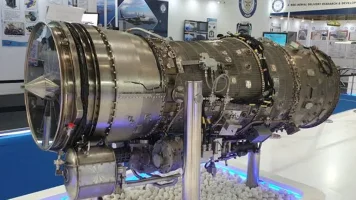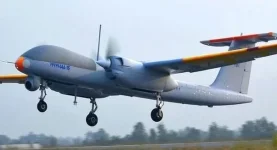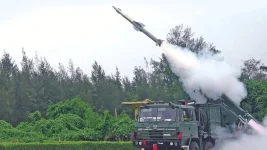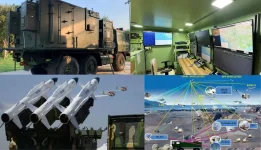- Views: 3K
- Replies: 12
India has achieved technological parity with global leaders in the field of radar systems, marking a monumental step towards self-reliance in critical defence technology.
The Chairman of the DRDO, Dr. Samir V. Kamat, recently confirmed that the country has mastered the indigenous design, development, and manufacturing of a comprehensive suite of advanced radars for land, sea, and air platforms.
This success significantly strengthens the nation's military capabilities and strategic autonomy under the 'Aatmanirbhar Bharat' (self-reliant India) initiative.
For decades, India relied heavily on foreign suppliers for advanced radar systems, creating strategic vulnerabilities and supply chain uncertainties.
Now, DRDO has successfully engineered a wide array of radars tailored specifically for the Indian Armed Forces. These systems include the highly acclaimed Swathi Weapon Locating Radar, used by the Army to pinpoint enemy artillery, and the Rohini and Aslesha series of surveillance radars for the Air Force.
These homegrown systems are not only technologically sophisticated but are designed for seamless integration into a larger, networked defence grid.
Dr. Kamat affirmed the nation's newfound expertise, stating, "Indian radars are now at par with the best in the world. Our organisation has the expertise to develop cutting-edge radar technologies, and we are actively working on next-generation systems that will further enhance the capabilities of our armed forces."
A cornerstone of this technological leap is the ability of these indigenous radars to operate as a cohesive, interconnected network. By linking land-based sensors with those on ships and aircraft, the armed forces can achieve a unified and comprehensive view of Indian airspace and maritime boundaries.
This 'system of systems' approach allows for real-time data sharing across the Army, Navy, and Air Force, enabling faster and more coordinated responses to airborne threats.
This integrated situational awareness is crucial in modern warfare, where detecting threats accurately and rapidly is paramount to mission success.
Looking to the future, DRDO is already developing the next generation of radar technology. A key focus is the advancement of Active Electronically Scanned Array (AESA) systems.
The indigenous 'Uttam' AESA radar, for example, is slated for integration into the Tejas Mk1A fighter jets and future aircraft programs.
Unlike older mechanically scanned radars, AESA systems can track multiple targets with higher precision and are more resistant to electronic jamming, making them essential for countering modern threats like stealth aircraft and drones.
The emphasis on domestic production forms the foundation of India's success.
DRDO has cultivated a robust ecosystem by partnering with public sector undertakings like Bharat Electronics Limited (BEL) and a growing number of private sector companies.
This collaborative model ensures that the entire manufacturing process, from design to large-scale production, occurs within India. This not only guarantees a secure supply chain for the nation's armed forces but also builds a strong industrial base, positioning India as a potential future exporter of sophisticated defence technology.
The strategic implications of this self-reliance are profound. By eliminating dependence on foreign nations for a critical defence component, India has mitigated the risks associated with geopolitical tensions and international supply chain disruptions.
The ability to design, build, and upgrade its own radar systems provides the Indian Armed Forces with enhanced operational flexibility and a decisive technological edge, cementing the nation's status as a rising power in the global defence landscape.





